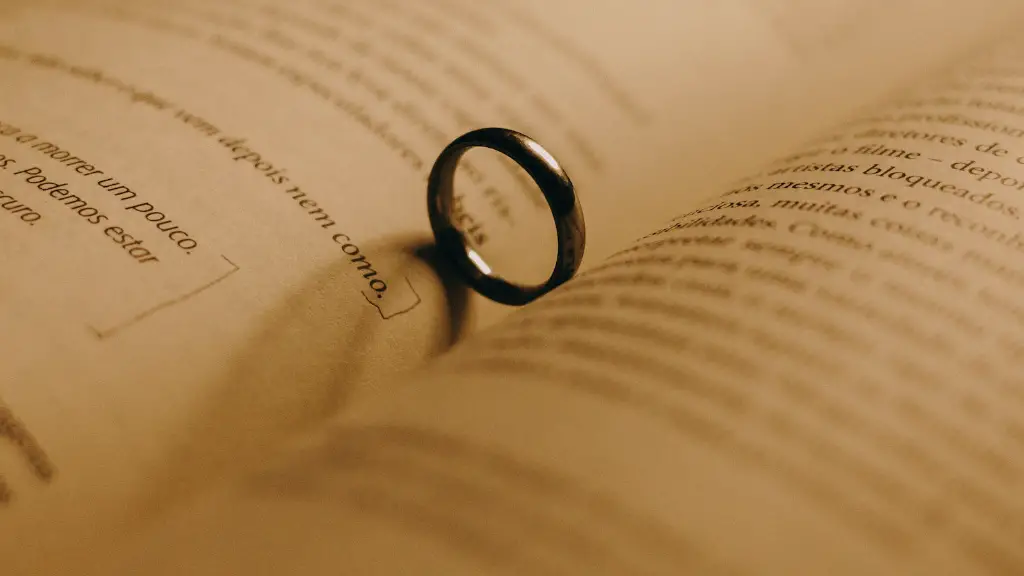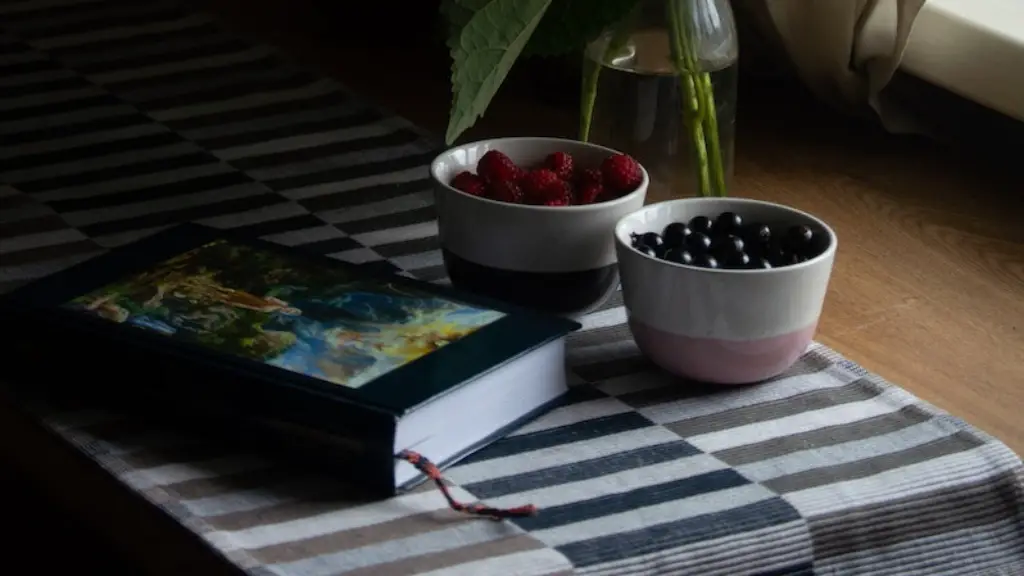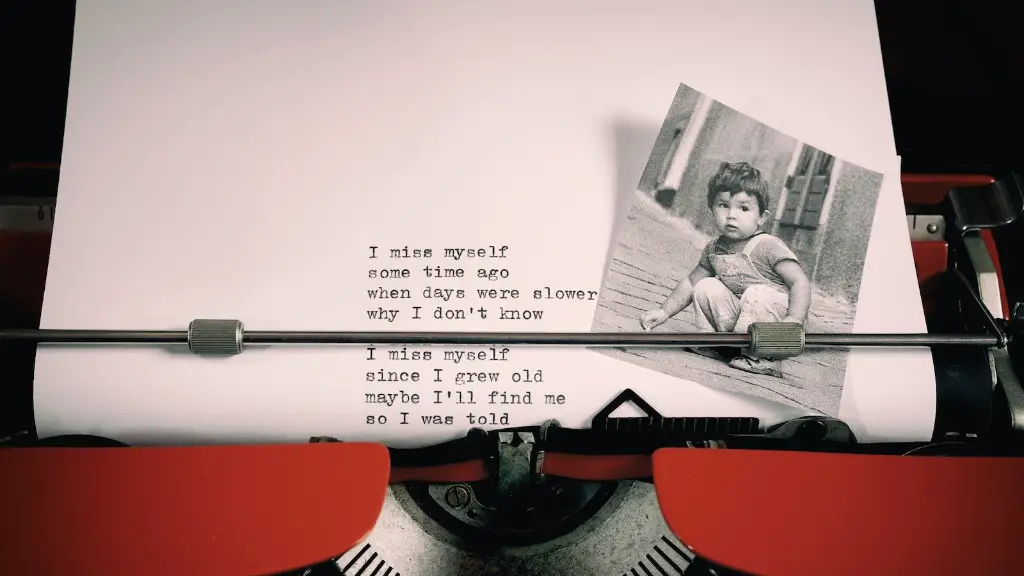How to Start a Poetry Essay
A poetry essay evaluates a poem. It analyzes the words, sounds, feelings and topics that the poet uses in the poem. A poetry essay should include analysis of the topic, message, rhythm, and word choice. It should have both an introduction and a conclusion.
Starting a poetry essay can be tricky. Some steps to help in writing a great poem analysis essay include pre-writing, reading the poem thoroughly and research.
Pre-Writing
The first step to starting a poetry essay is to pre-write. Brainstorm words and phrases that come to mind when thinking about the poem. Take note of any descriptive words and lines that stand out while reading the poem. This can help when trying to construct meaning. It is also important to think about the feelings evoked while reading the poem and to note any questions that may arise while reading.
Before writing, it is helpful to read the poem several times to understand it better. Write down any lines or words that evoke emotion, through sense or sound. Make sure to also document words and phrases that stand out.
Reading
Taking the time to read the poem thoroughly can make the difference between a decent and a great paper. Start by annotating the poem. Read the poem line by line. Take notes and annotate your thoughts. In this step, it is important to be clear about the poetic elements and context of the poem.
Focus on being aware of the rhythm or meter of the poem. Take this time to note any phrases, words, or lines that stand out as well as any allusions. This step can be repeated several times during the writing process.
Research
Researching the poem can make the difference between a good essay and a fantastic essay. It is important to research the poet and the culture. Doing so may provide a new perspective on the poem.
Research any history or biographical information of the poet. Learn more about any figures of speech used in the poem such as metaphors, personification, and similes.
Conducting research through published poetry criticism and analysis can also be helpful. Learning what experts have said about the poem can provide an interesting perspective on the poem.
Outline
Creating an outline of the essay is the next step in writing a great poem analysis essay. An outline will help organize ideas and create a roadmap for the essay. It is important to include a thesis statement in the outline.
The outline should also include the body of the essay. Break down the essay into several sections and address each element of the poem systematically. Include evidence from both the poem and the research.
Introduction
An essay introduction should be concise and to the point. Start the introduction by mentioning the poet and poem title. Then provide some background information on the poem. Make sure to explain the context of the poem.
End the introduction with the essay’s thesis statement. It should provide an overview of the points that will be raised in the essay.
Body Paragraphs
The body of the essay should discuss the different elements of the poem. Analyze the poem’s use of rhythm, meter, structure, and context. Describe how the poet uses figures of speech and allusions.
Include evidence from the poem to support each point. Additionally, include evidence from research to further analyze the poem. This provides insight into the poem and the poet.
Conclusion
The conclusion should sum up the essay and provide a brief overview of the points made. Restate the thesis highlighted in the introduction. Ensure that the conclusion includes implications of the essay’s statement.
Topic: Sound/Rhythm
Rhythm can have a significant effect on the tone of a poem. A reader may notice a pattern when reading the poem and this can help create a certain emotion. In addition to words and phrases, this can also be done through the use of sound devices.
The poet may use sound devices such as alliteration, onomatopoeia, and repetition to create a certain tone in a poem. For example, the poet may use alliteration to express a light and delicate tone or onomatopoeia to create a more powerful emotion.
These tools help create rhythm and emotion in the poem. A poet may use these devices to create a particular mood or to add emphasis to a particular word or phrase.
Rhyming is another way to create sound. A poet may use words that share the same ending to draw attention to a particular idea. This can help emphasize the emotion of the poem and add structure to it.
Understanding the sound or rhythm of a poem can be a challenge but it is essential to understanding the poem as a whole. Comparing the rhythm of the poem to its context and message can help uncover the poem’s hidden meaning.
Topic:Figures of Speech
Figures of speech can add depth and meaning to a poem. A figure of speech is an expression used to express an idea by using words imaginatively. Examples of figures of speech in poems include metaphor, simile, personification, and hyperbole.
A metaphor is a comparison between two different things without the use of “like” or “as”. For example, “she was a flame in the darkness”. This is a metaphor because it compares the person to a flame without actually saying that they are like a flame.
A simile is a comparison between two different things, using the words “like” or “as”. For example, “he was as strong as an ox”, is a simile. It is a comparison between the person and an ox, using the words “as”.
Personification is another figure of speech. It is when an inanimate object is given human characteristics. For example, “the wind laughed” is an example of personification. It provides a different perspective on the wind, suggesting that it is something that can laugh.
Finally, hyperbole is a figure of speech where something is exaggerated for effect. For example, “I was so hungry I could eat a horse”. This is an exaggeration because it is impossible to eat a horse. This exaggeration is used to emphasize the speaker’s hunger.
Figures of speech help to bring the poem to life and can add a deeper meaning and understanding to the poem. Understanding the figures of speech can help uncover the hidden messages of the poem.
Topic: Structure
The structure of a poem plays an important role in conveying its message. A poem’s structure is the way the poem is laid out and how its ideas are connected. There are several types of poem structures, such as couplets, quatrains, and sestets.
A couplet is a form of structure where two lines of the same length are connected. It is often used to create a unified idea or message. In a quatrain, four lines with the same length are connected and often used to create a sense of closure.
A sestet is a form of structured poem with six lines of the same length. It is often used to provide the poem with a sense of balance and completeness. It is also used to discuss complex ideas and explore multiple perspectives.
It is important to understand the structure of the poem to gain a better understanding of the poem. Analyzing the structure of the poem can help uncover the message of the poem.
Topic: Context
It is essential to consider the context of a poem when analyzing it. Context can refer to the culture, society, and time period in which the poem was written. It helps provide perspective on the poet and the poem.
Culture and society can have an influence on the poem. By understanding the culture and society in which the poem was written, one can better understand the meaning of the poem.
It is also important to consider the time period in which the poem was written. This can help to understand the political, social and cultural influences on the poet and the poem.
By understanding the context, one can gain a deeper understanding of the poem. Analyzing the context of the poem can help uncover the meaning and message of the poem.





